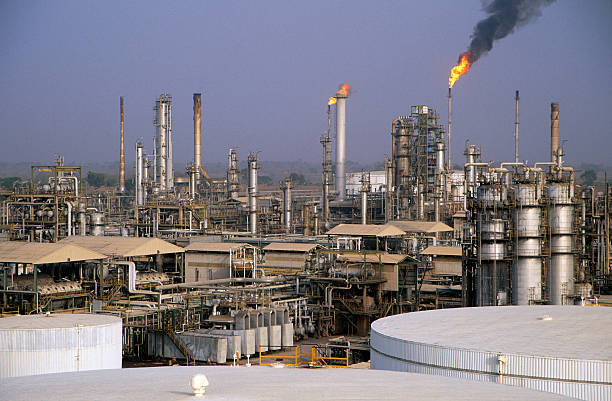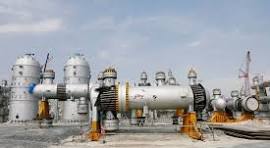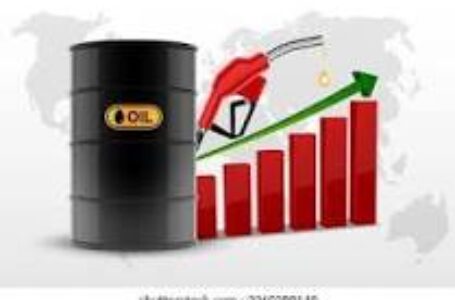Nigeria Boosts Gas Supply With OML 17 Output Surge

Kaduna, Nigeria, Africa
November 27, 2025
The Nigerian National Petroleum Company (NNPC) and its partner, Heirs Energies, have successfully doubled natural gas production at a key oil block, OML 17, as part of a broader strategy to boost domestic supply and ease the country’s electricity shortages.

The increase comes from the OML 17 oil and gas field, operated by Heirs Energies in a joint venture with the NNPC. A “rigless well intervention” unlocked an additional 135 million standard cubic feet of gas per day (MMscf/d), enough to feed multiple power plants, directly contributing to an increase in electricity generation capacity by over 350MW.
Nigeria’s overall daily average gas production reached 7.59 billion standard cubic feet per day (Bscf/d) in July 2025, marking a sustained increase over recent years.
Western energy majors including Shell Plc (NYSE:SHEL), Chevron Corp. (NYSE:CVX), TotalEnergies SE (NYSE:TTE) and Seplat Energy Plc have increased gas output in a bid to strengthen Nigeria’s electricity supply for industries and households. Average daily electricity generation clocked in at 5,700 MW in the final quarter of 2025, an increase from 4,100 MW in Q4 2023.
Meanwhile, ongoing and completed infrastructure projects are set to further boost Nigeria’s domestic gas supply. The newly commissioned Assa North-Ohaji South (ANOH) gas plant, considered Nigeria’s largest, is expected to deliver up to 850 MMscf/d. Other critical infrastructure projects, such as the Obiafu-Obrikom-Oben (OB3) gas pipeline, are part of the effort to expand the gas network and meet increasing domestic demand.
That said, Nigeria has been struggling to meet its OPEC+ quota in recent years, thanks to years of underinvestment coupled with rampant theft and pipeline vandalism.

Africa’s largest oil producer saw crude output average ~1.5 million bpd in 2024, well below its 1.8 million bpd target. In 2022, NNPC reported losing up to 95% of its production at the Bonny terminal to theft, driven by widespread illegal connections.
However, government interventions have helped reverse this trend: Nigeria’s crude production jumped from 1.1 mbpd in 2022 to 1.83 mbpd in October 2025, reclaiming its place among the continent’s top producers thanks to the government’s new laws, fiscal incentives, and efforts to combat theft and vandalism.
Oilprice.com…except images






